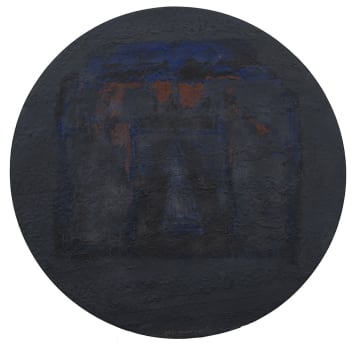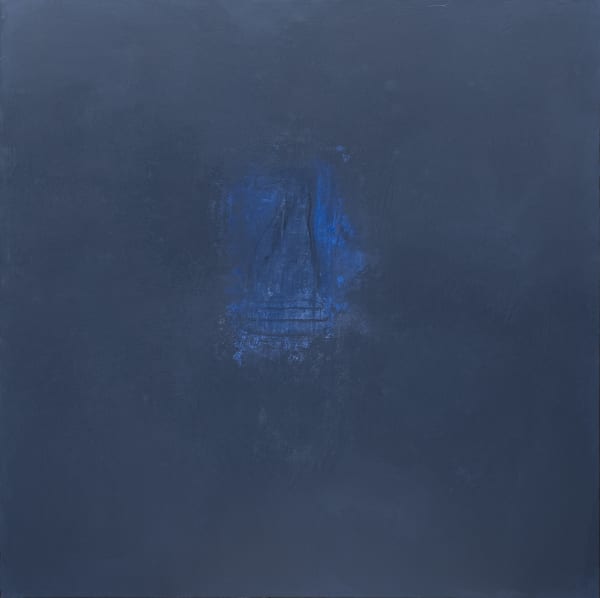In 2007, the internationally renowned writer Tahar Ben Jelloun devoted a text to his friend, the painter Saâd Hassani. We will dig into his words to recount the painting of this singular artist whose work is part of the Moroccan modernity.
-
Nearby the School of Casablanca's artists, Saâd Hassani quickly became part of the influential circles of the art world both in Morocco and in Europe. From his beginnings, at the age of 18, many exhibitions have been dedicated to him.
Throughout his career, Saâd Hassani developed his own pictorial touch using the technique of erasing, by adding layers of colours that make one motif disappear and reveal another. Thus, with each brushstroke, the subject is revealed, sometimes tangible as in the series of L'Échiquier or that of The Corps Singuliers, often enigmatic in his most abstract canvases.
-
-
Nourished by the painting of the abstract expressionists, the artist, throughout his career, will never cease to move away from form. While the canvases of the so-called Echiquier period are structured, introducing dynamic fields of forces that establish the composition, the most recent canvases are more attached to colour and its vibratory force.
-
-
One of these last works, with the poetic title of Chants de nuit, marked a milestone in the artist's career. He then undertook the creation of large monochromes whose emotional force testifies to his dexterity and his great mastery of colour. Here, all narrative or decorative traces are erased from the painting. The huge canvases, made with natural pigments mixing blue and shades of pinkish beige, white and ochre, evoke an intense emotion. Saâd Hassani paints silence, dreams that fade away, obsessions that dissipate and time that passes. He paints the beauty of the world and its pain. Each of these large canvases present in their central part a horizontal band which incorporates the intention of a language with affirmed gestures, letting perceive the vibrations of interlacing matter opening onto a new world.
-
« Hassani is the man who waits, he takes time to read, meditate, look at the movement of the seasons, the transformation of the colours of time. »
His latest works absorb, in a more contained format, the vital gestures already present in Chants de nuit. The movement obtained through a succession of pictorial layers, which the artist has made his own, is here in the foreground offering at first glance the physical presence of the work in its immediacy. Here, the painting dominates, and the power of abstraction is brought to its paroxysm, exalting the creative force of the artist.
« Quoting Stendhal, Baudelaire reminds us "that there are as many beauties as there are usual ways of seeking happiness". I don't know if Hassani seeks happiness through his work, but I do know that he is a happy man when he works, when he feels inwardly this impulse coming from far away, forcing him to work ».
-
To go further
-
Oeuvres disponibles













